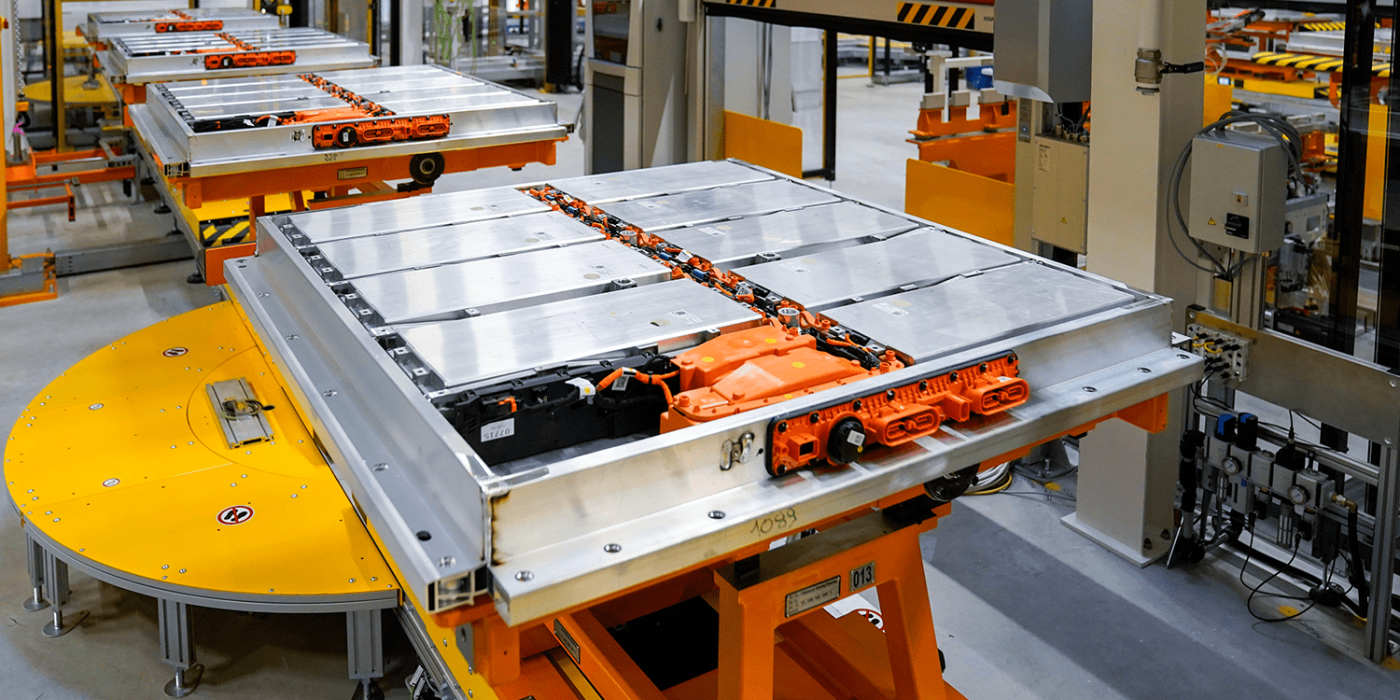Battery prices fell 87% in 2019 from 2010 levels
According to a recent analysis by Bloomberg New Energy Finance, average prices for battery packs fell by 87 per cent to 156 dollars per kilowatt-hour in 2019 compared to the 2010 level. According to BNEF, the 100 US dollar/kWh mark could be broken by 2024.
Bloomberg primarily attributes the cost reductions achieved in 2019 to the increasing order volumes, the general sales growth with BEV and the growing spread of cathodes with higher energy density over the last nine years. For the future, experts expect new battery pack designs and lower manufacturing costs to further lower prices in the near future.
A good example of was evident at the IAA in Germany recently when the Chinese cell manufacturer CATL presented its Cell-to-Pack technology, in which the battery cells are integrated directly into the battery pack instead of initially into modules. Since this technology eliminates the intermediate step via the modules, the ready-to-install battery can become lighter, smaller and cheaper.
“According to our forecasts, by 2030 the battery market will be worth $116 billion annually, and this doesn’t include investment in the supply chain,” says James Frith, one of the authors of the BNEF report. “However, as cell and pack prices are falling, purchasers will get more value for their money than they do today.”
Less than 100 dollars per kWh in 2024
In the report, the BNEF also predicts that prices will be “close” to 100 dollars/kWh by 2023 and that this mark could fall in 2024, provided that cumulative demand exceeds two TWh. This price has long been regarded as a threshold above which BEV can compete with comparable combustion models in the sales price. The BNEF notes, however, that this can vary considerably depending on the sales region and vehicle segment.
“Factory costs are falling thanks to improvements in manufacturing equipment and increased energy density at the cathode and cell level,” says Logan Goldie-Scot, head of energy storage at BNEF. “The expansion of existing facilities also offers companies a lower-cost route to expand capacity.”
But the electric vehicles themselves are also an important lever for costs. With “tailor-made EV platforms”, carmakers can simplify or standardise the design of the packs. An improved design of the packs also makes heat management easier and could reduce the size of the housing required. In other words, switching to dedicated scalable platforms such as the MEB of the Volkswagen Group or the multi-energy platforms of BMW and PSA alone can significantly reduce costs.
What will happen after 2024?
Particularly interesting is the way BNEF assesses the prospects beyond 2024. The path to the 100 $/kWh mark looks promising, even if there will “undoubtedly be one or two hiccups”. But there is much less certainty as to how the industry will lower prices from 100 dollars/kWh to 61 dollars/kWh in 2030. The reason given is that it is not impossible – jus that there are simply a variety of options and paths that can be taken.
In the second half of the 2020s, energy density at cell and pack level will play a growing role as materials and production capacities are used more efficiently.





0 Comments